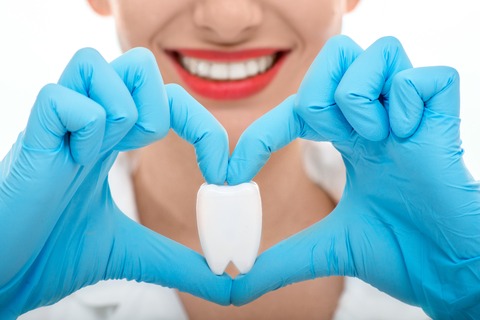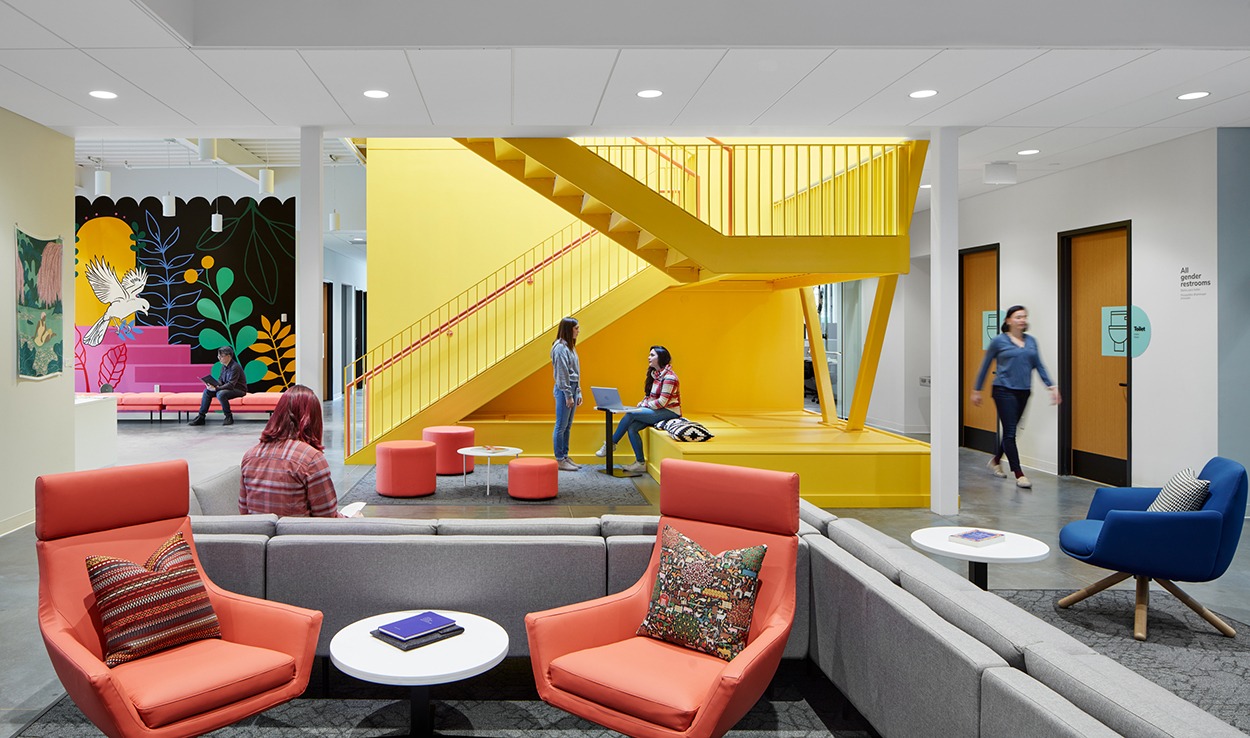
My dentist cares about the patient experience. He has a nice office with a cozy fireplace and digital aquarium in the waiting room.
Exam rooms are painted with rich colors and each has a large window. There's a swing arm monitor with a static picture of a landscape (not great, but better than nothing).
And last year, he formed a patient advisory committee to help inform his practice. Smart.
Patient Experience Not Tied to Reimbursements
Because they don't get reimbursed by Medicare, U.S. dentists don't have the same incentive as hospitals to provide good patient experiences. Their patients don't fill out HCAHPS surveys.
And yet, since most dental insurance covers very little, it is important for dentists to attract and retain patients. So, the patient experience should matter to them.
Dental Data & Trends
According to recent U.S. Census data, there are 110,400 professionally active dentists in the United States and 99,490 dental offices. There are an additional 5,080 orthodontists and 4,800 oral and maxillofacial surgeons.
Many of these are solo practices, but Crain's Chicago Business reports that more private equity is being invested in building dental management companies that manage multiple practices. Chains like Heartland Dental bring more efficiencies to individual dental practices that need expensive technology and creative marketing to stay competitive.
Designing a good patient experience is part of creative marketing. Yet most dental providers don't get this.
A study published last year found that dental providers are "significantly behind other industries and even further behind organizations known for delivering a great customer experience."
The time is ripe for change.
Open Wide -- For a Sip of Champagne
Another trend in the dental industry is to offer spa-like services, such as massages and botox treatments. Come to the dental spa for your cleaning and get a massage and a sip of champagne afterward to de-stress!
Works for me.
Those zen dentists definitely care about the patient experience. They are hiring interior designers to create spaces that appeal to their customers' tastes -- from hip to homey.
This may be a business opportunity for residential designers. But also for seasoned healthcare designers who can leverage the connection between the patient experience and the design of the physical environment.
P.S. Please do me a favor -- if you liked this post and like this blog, please share it with others by sending them the link or posting it on your Twitter, LinkedIn, or Facebook. Also, don't forget to subscribe, so you'll get emails when new content is posted. Thanks!






